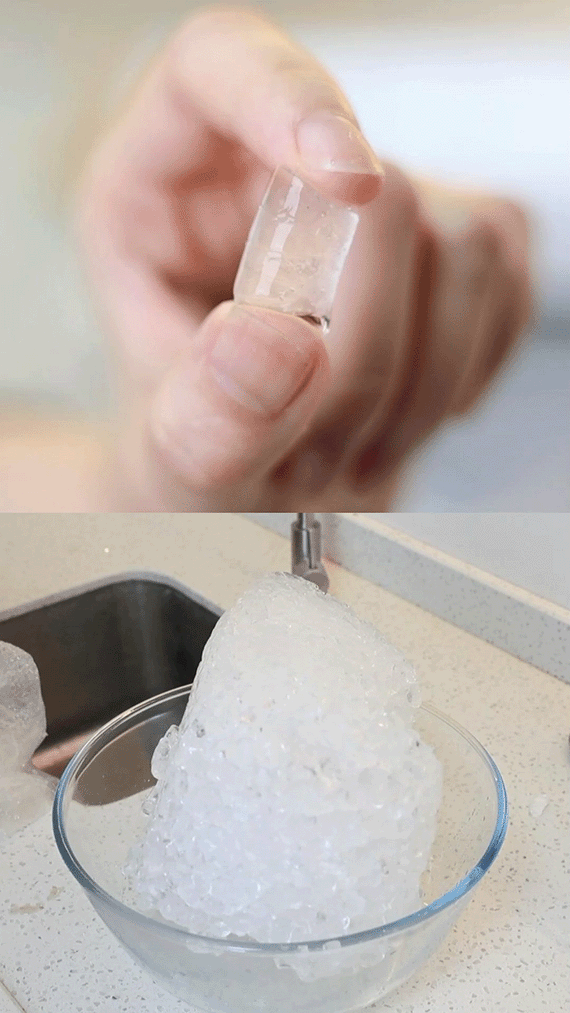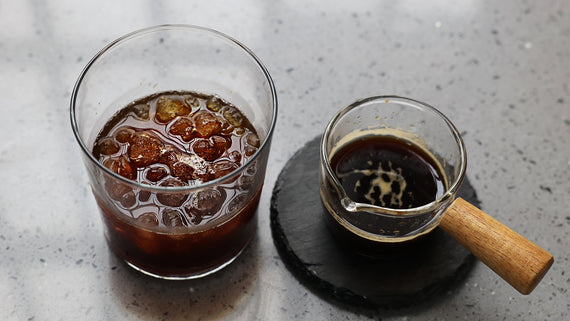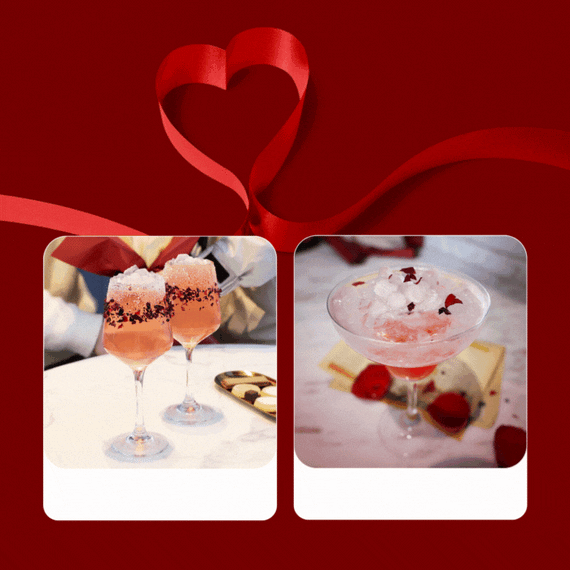Simple Sensory Play Ideas with Ice
Playing ice is a popular sensory game among children. Sensory games are not only fun but also good for children. The preparation of materials is simple and does not require expensive materials and complex plans to achieve. The previous article Using Ice to Play with Your Toddlers introduced two sensory games. So today, this article will continue to introduce several other sensory games for your children to play.
Game 1: Ice Cube Race
Prepared Material:
1. A Large Container
2. Straws
3. Ice Cubes
4. Water
5. Timer
6. Tape

Photo Credit: Lemon Lime Adventures
To begin with, mark the start and end points with tape at both ends of the container. Then pour a little water into the container and prepare a corresponding number of straws and ice cubes. Each child is equipped with an ice cube and a straw.
The play method of the game is to put the ice cube in the container and let children try to move the ice by blowing with a straw. The children can't push the ice cube to the end with their hands because it is easy. They can only blow with straw. This requires planning, strategy, trial and error, and patience. Whoever reaches the finish line at the fastest speed is the winner.

Photo Credit: Still Playing School
This oral motor game can exercise children's lungs because they need to breathe in and out. It can also strengthen the muscles of the children's jaw and mouth, which can help the children's language development. Moreover, children can learn something from the game, such as why ice melts? Why blowing can move ice, etc. As parents, we should help them solve their questions.
Game 2: Ice Cube Sailboats
Prepared Material:
1. Ice Cube Trays
2. Construction Paper
3. Water
4. Straws
5. Scissors
6. A Container

Photo Credit: SheKnows
The second game can exercise children's hands-on ability. Teaching them to make ice cube sailboats is simple. The first step is to fill the ice tray with water and put it in the freezer. Then pull it out of the refrigerator in the semi-frozen state. Next, cut the straw in half and insert half of the straw in the center of the ice cube. Make sure the straw is inserted in the middle position, otherwise the boat will lose balance. Then put the tray back into the refrigerator and wait for the ice to harden completely.
When the ice is ready, use construction paper to cut the shape as shown in the picture. Use a scissor to cut holes at the top and bottom of the paper. Finally, put the straw through the holes of the paper and the ice cube sailboat will be made. Put the sailboat into a big container full of water, and it can start the race.
The next sensory games are for the preschooler:
Game 3: Ice Cube Towers
Prepared Material:
1. Ice Cubes
2. A Container

Photo Credit: CBC
Ice cubes can be made from ice trays or an ice machine at home. Teach children to count the ice cubes while building an ice tower. When toddlers hold the ice cubes, the coolness of ice can stimulate the nerves of their hands. It facilitates tactile input and fine motor skills.
Toddlers need to focus when placing ice cubes layer by layer, their hands can not shake too much which can exercise their hands-on ability. The activity is especially great for little toddlers.
Game 4: Ice Cube Transfer Activity
Prepared Material:
1. Two Bowls
2. Ice Cubes
3. A Spoon

Photo Credit: Our Montessori Home
This sensory game is similar to the one above. Encourage your preschoolers to use a spoon to scoop up a piece of ice cube and move it from bowl to bowl. Usually, toddlers of this age like to grab food with their hands, and this activity can train them to use spoons. They can count ice cubes and move them for simple math learning.
Sensory games are the purest form of exploratory learning. Tactile games are the most common. The touch of ice is also very interesting for toddlers and children. The preparation materials for sensory games are simple and it is convenient to make ice at home, unlike how difficult it was to make ice in ancient times.
In short, in the process of sensory play, children and preschoolers need to observe, guess, think and learn through their senses. This is so interesting and beneficial to them.



